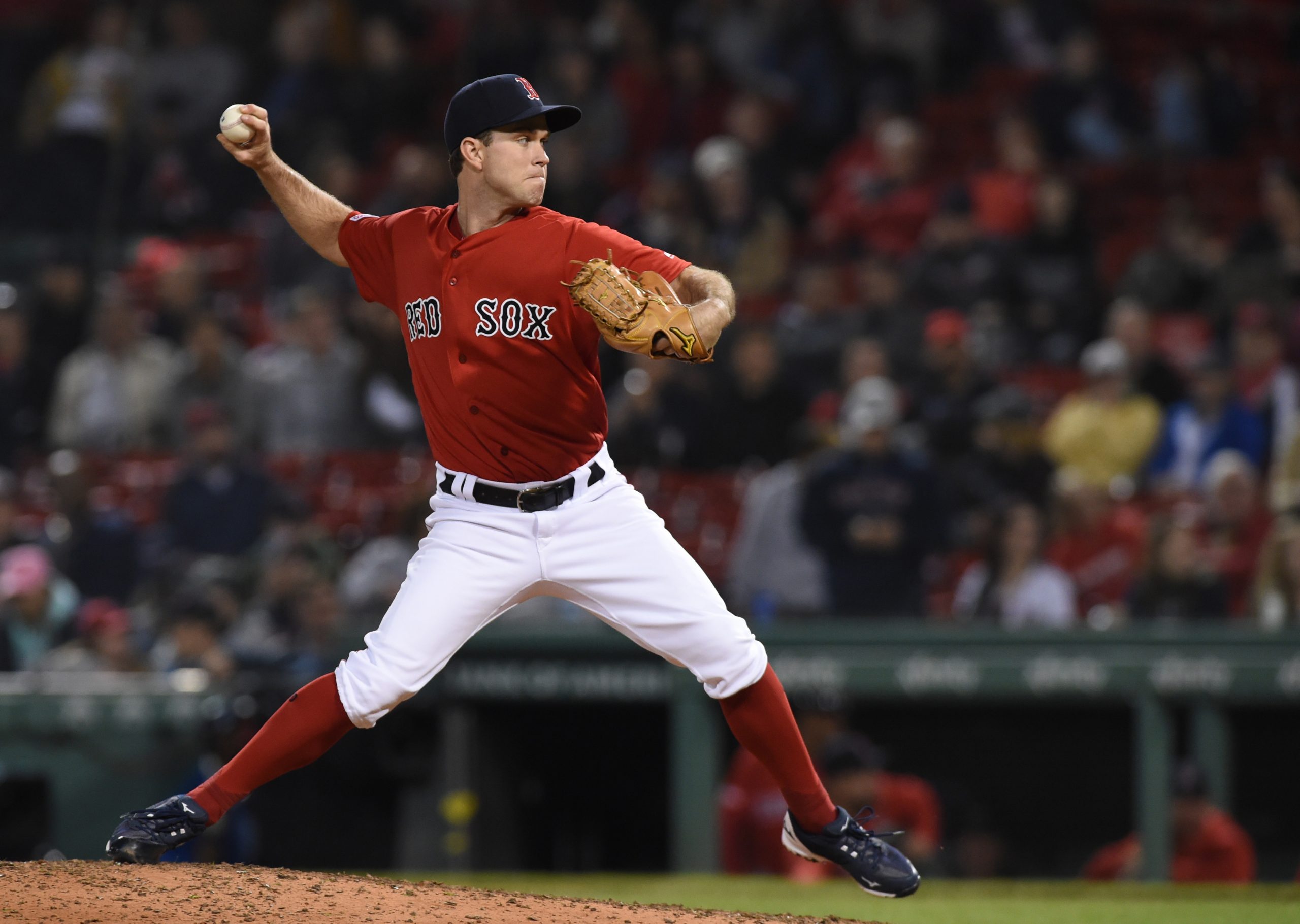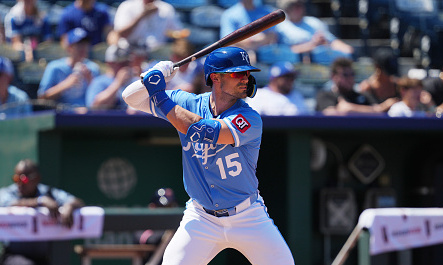The Red Sox enter spring training with an unorthodox concern surrounding their starting rotation: Who is going to be their fifth starter?
If this question was asked at the beginning of the new year, the obvious answer was newly-acquired southpaw Martín Pérez. However, in the wake of the trade that sent David Price in addition to Mookie Betts to the Los Angeles Dodgers, they are again faced with familiar uncertainty.
Many think with the Tampa Bay mindset that comes to Boston with Chaim Bloom, that the team will implement an opener every fifth day, with guys like Hector Velazquez, Brian Johnson, and Darwinzon Hernandez getting looks in that role. That being said, as shown last season, the Red Sox bullpen is a delicate group. Overworking these arms by not having a full rotation in April could cost them down the stretch.
So with not much left to choose from in free agency, who internally can the Red Sox trust to be their fifth starter?
There are a few options to choose from.
Tanner Houck – RHP
The Red Sox drafted Tanner Houck with their first-round pick (24th overall) in the 2017 MLB Draft. Since then, he’s had a fairly decent minor league career.
He even got some consideration around Boston as a potential September call-up, before the team eventually signed Jhoulys Chacin for the final month of the season.
So why Houck?
In all seriousness, teams can’t fear the unknown, and Houck brings a career minor league FIP of 3.93 and a strikeout rate of 22.3 percent to the table. While the latter of the two certainly needs to improve if he wants to be a productive major league starter, he has had success at the minor league level even with some subpar luck behind him.
Ryan Weber – RHP
Weber made just three starts for the Red Sox in 2019 but pitched 40.2 innings across 18 appearances in total. Overall, he wasn’t great, posting a 5.09 ERA, a 4.20 FIP, and a 4.56 xFIP.
He also doesn’t strike out a lot of guys, given how his 16 percent strikeout rate was actually above his career average; so it isn’t as if he has some serious redeeming qualities.
However, he did post a 2.43 FIP against his curveball and a 4.03 xFIP on his sinker in 2019. On top of that, he was tied for 88th out of 588 pitchers (min. 50 batted ball events) in barrels per plate appearance (3.3 percent). Couple that with the movement he does have on his pitches, particularly his two-seam, and you have a steady option as your No. 5.
Kyle Hart – LHP
Hart dazzled in Double-A with the Portland Sea Dogs before seeing mixed results with Pawtucket in Triple-A. But overall, he posted a 3.52 ERA and a 3.85 FIP, along with a strikeout rate of 22.1 percent in 156 innings.
He also averaged 5.9 innings per start, which means he can eat innings, exactly what the Red Sox need in from every starter possible in 2020.
Hart is 27 and was drafted by the Red Sox in the 19th round of the 2016 Draft. While he doesn’t blow you away with high-velocity (sits at 89-91 miles per hour), he is described as “having a knack for identifying a hitter’s weakness and then exploiting it” (MLB.com).







